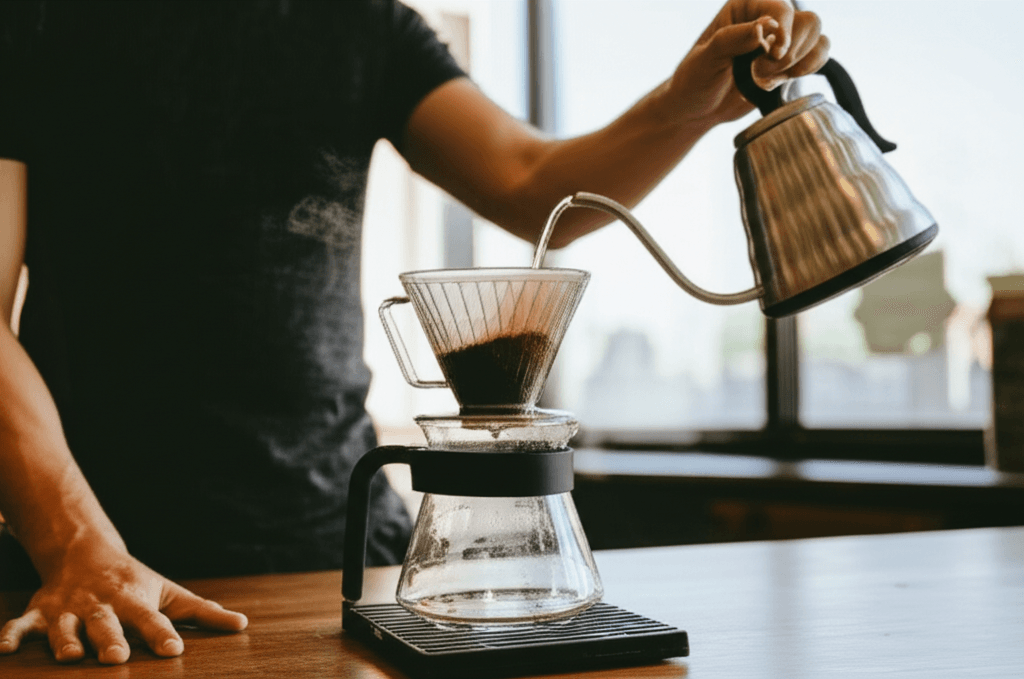It’s a common and frustrating scenario: a patient diligently walks regularly, yet their blood sugar levels remain stubbornly high. While walking is undoubtedly beneficial for overall health, including aiding in blood sugar control, it’s often not a complete solution on its own. For effective glucose management, a more comprehensive and varied fitness approach is typically required, alongside other crucial lifestyle factors.

Why Walking Alone Might Not Be Enough for Blood Sugar Control
Walking, especially brisk walking, is a moderate-intensity aerobic exercise that helps reduce blood glucose levels during and immediately after the activity by utilizing glucose for energy. It can also improve the cells’ ability to take up glucose for up to 48 hours post-exercise. Regular walking is associated with improvements in diabetes management, blood pressure, HbA1c levels, and body mass index (BMI). The American Diabetes Association (ADA) recommends at least 150 minutes of moderate-intensity aerobic activity per week.
However, walking primarily works the cardiovascular system and doesn’t significantly build muscle mass or strength. Muscles play a crucial role in glucose metabolism, as they store 60-70% of the body’s glucose. When the body gets accustomed to a routine, like consistent walking, the benefits can plateau. Therefore, relying solely on walking can leave out key physiological pathways that contribute to better blood sugar regulation.

Missing Elements in a Blood Sugar-Focused Fitness Routine
To effectively manage blood sugar, a fitness routine should be diversified and consider several aspects beyond just daily steps.
1. Incorporating Strength Training and Resistance Exercise
Strength or resistance training is a critical component often missing from a walking-only routine. This type of exercise helps build muscle mass, which is vital because larger muscles have a greater capacity to store and utilize glucose, leading to improved blood sugar control.
- Improved Insulin Sensitivity: Strength training enhances how effectively the body uses insulin (insulin sensitivity), reducing the need for the pancreas to produce more insulin. This effect can last up to 24 hours post-exercise.
- Increased Glucose Uptake: When you lift weights or perform bodyweight exercises, muscles absorb glucose more efficiently, improving blood sugar after eating.
- Recommendations: The American Diabetes Association (ADA) recommends two to three sessions of resistance training per week, targeting all major muscle groups, with at least a day of rest in between sessions. Examples include weight lifting, bodyweight exercises (push-ups, squats, lunges), or using resistance bands.
2. Varying Exercise Intensity with High-Intensity Interval Training (HIIT)
While moderate walking is good, incorporating periods of higher intensity can yield additional benefits for blood sugar management. High-Intensity Interval Training (HIIT) involves short bursts of very intense activity followed by brief recovery periods.
- Enhanced Glucose Control: HIIT has been shown to improve overall glycemic control, including fasting glucose, HbA1c, and insulin resistance, often with a shorter total exercise duration compared to continuous moderate exercise. It can also lead to rapid improvements in glucose control and increased post-exercise muscle insulin sensitivity.
- Cardiovascular Benefits: HIIT improves cardiorespiratory fitness, which is a major predictor of mortality in individuals with diabetes.
- Considerations: HIIT can be modified to suit individual abilities and can include exercises like cycling, squats, lunges, and push-ups. It’s crucial to consult a healthcare professional before starting HIIT, especially for individuals taking insulin, as blood sugar levels may fluctuate.
3. Consistency and Duration of Aerobic Activity
Even with walking, the amount and consistency matter. The ADA suggests aiming for at least 150 minutes of moderate-to-vigorous intensity aerobic activity per week, spread over at least three days, with no more than two consecutive days without exercise.
- Sustained Glucose Uptake: To maximize benefits on glucose control, it’s recommended to keep muscles in a constant state of increased glucose uptake by going no more than 48 hours between exercise sessions.
- Post-Meal Walks: Even short walks (2-15 minutes) after meals can significantly improve glucose levels and help regulate blood sugar spikes.
4. Holistic Lifestyle Factors Beyond Exercise
Exercise is a powerful tool, but blood sugar management is a multifaceted challenge that also depends heavily on diet, sleep, and stress.
Dietary Adjustments and Nutrition
- Carbohydrate Control: Monitoring carbohydrate intake, practicing portion control, and choosing low-glycemic foods are essential for maintaining steady blood glucose levels. Carbohydrates have the greatest effect on blood sugar.
- Balanced Meals: A balanced diet rich in whole foods like vegetables, fruits, whole grains, lean proteins, and healthy fats helps regulate blood sugar. Eating regular, balanced meals can prevent high or low blood sugar episodes.
- Professional Guidance: A registered dietitian can provide personalized nutrition plans and help with carbohydrate counting.
Quality Sleep
- Insulin Sensitivity: Insufficient or poor-quality sleep can lead to insulin resistance, making it harder for cells to respond effectively to insulin and contributing to elevated blood sugar levels.
- Hormonal Imbalance: Sleep deprivation disrupts hormones like cortisol (a stress hormone) and appetite regulators (ghrelin and leptin), indirectly affecting blood sugar. It can also lead to increased cravings for sugary foods.
- Recommendations: Aim for 7-9 hours of quality sleep per night. Establishing a consistent sleep schedule and creating a relaxing bedtime routine can help.
Stress Management
- Stress Hormones: Stress, whether physical or emotional, triggers the release of hormones like cortisol and adrenaline. These hormones increase glucose production by the liver and decrease insulin sensitivity, leading to higher blood sugar levels.
- Impact on Habits: Stress can lead to emotional eating and reduced physical activity, further impacting blood sugar control.
- Recommendations: Techniques such as meditation, yoga, deep breathing, and prioritizing self-care can significantly impact glucose control.

The Importance of Professional Consultation
Before making significant changes to a fitness routine or diet, especially for individuals with diabetes, it is crucial to consult a healthcare professional. They can help tailor a safe and effective plan that considers individual health conditions, medications, and potential complications. Monitoring blood sugar levels before, during, and after exercise is essential to understand the body’s response and prevent dangerous fluctuations.
In conclusion, while regular walking is a beneficial start, optimizing blood sugar management requires a more holistic approach that integrates varied exercise types, consistent activity, and attention to diet, sleep, and stress. By addressing these missing components, patients can achieve more effective and sustainable blood sugar control.







